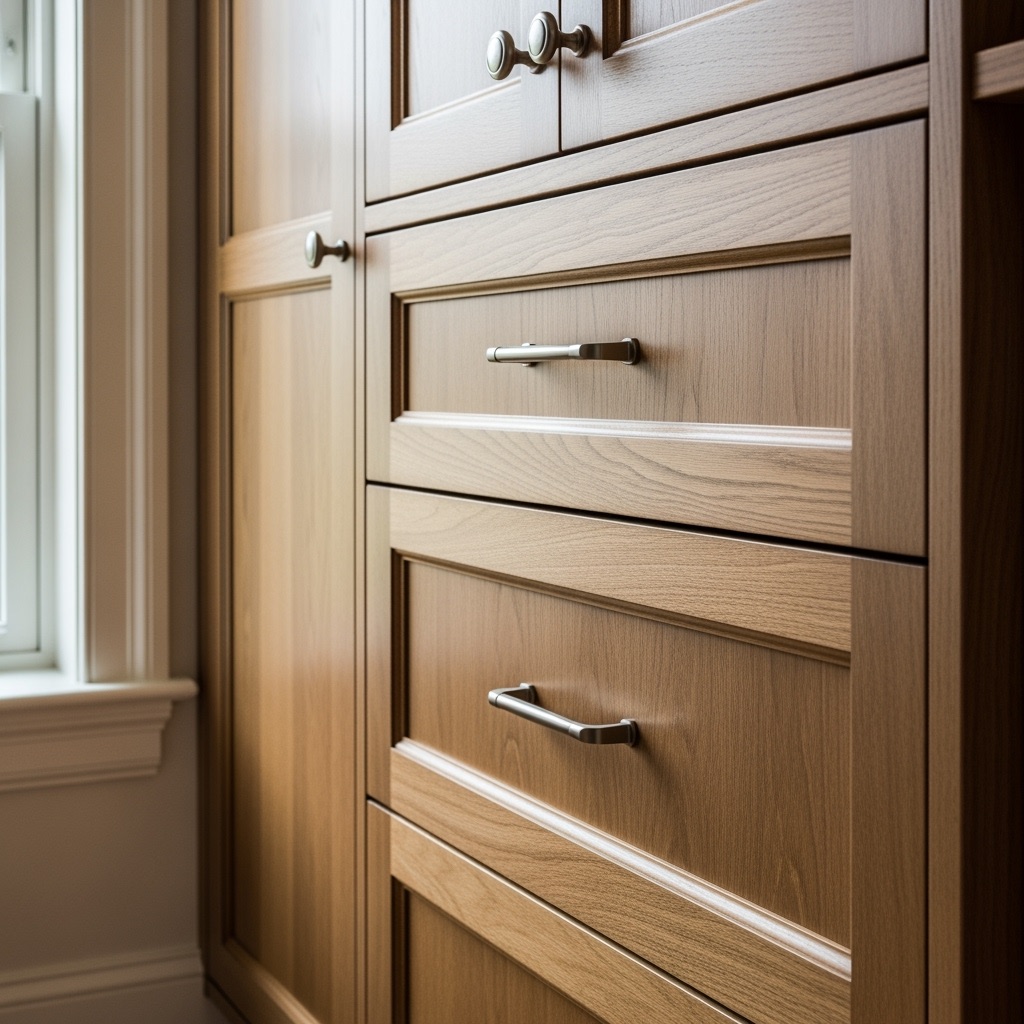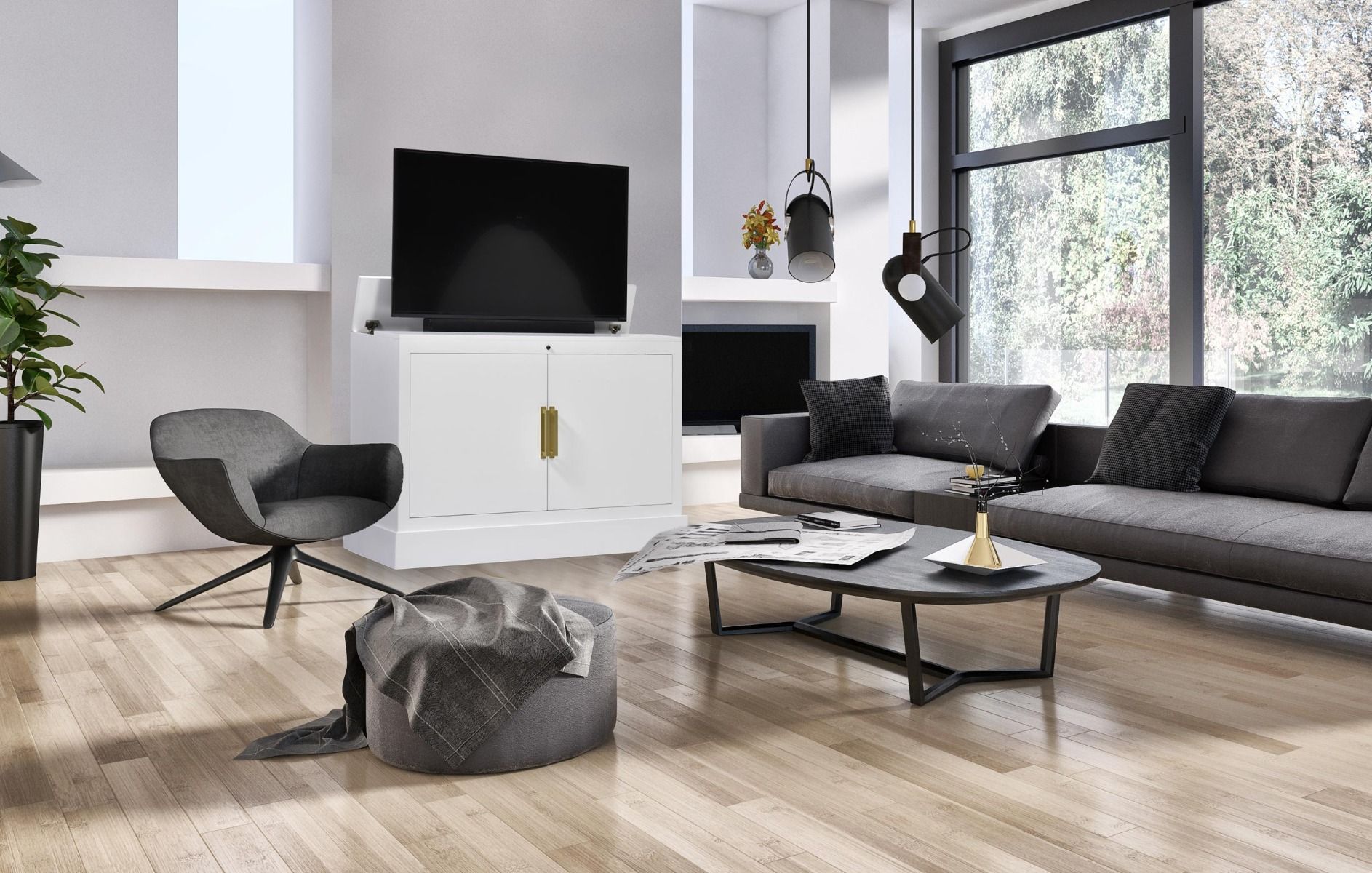Last updated on
These are the four most important parts of the home electrical system you should know about. Read on!
Most of us are using electricity in some capacity from the time we wake up until we sleep. Whether you use an electrical air conditioning system on those hot Austin summer days or a space heater for the freezing winters in Minnesota, home electricity is important to keep our home comfortable.
While electricity is important, many of us don’t have a clue as to how it works or what components come together to give our home the power we use daily. We feel it’s important for people to have an idea about their home electrical system and what is involved in it.
Without any further ado, let’s take a closer look at the electrical system in your home and the parts of it you should be aware of.
Electrical Panel
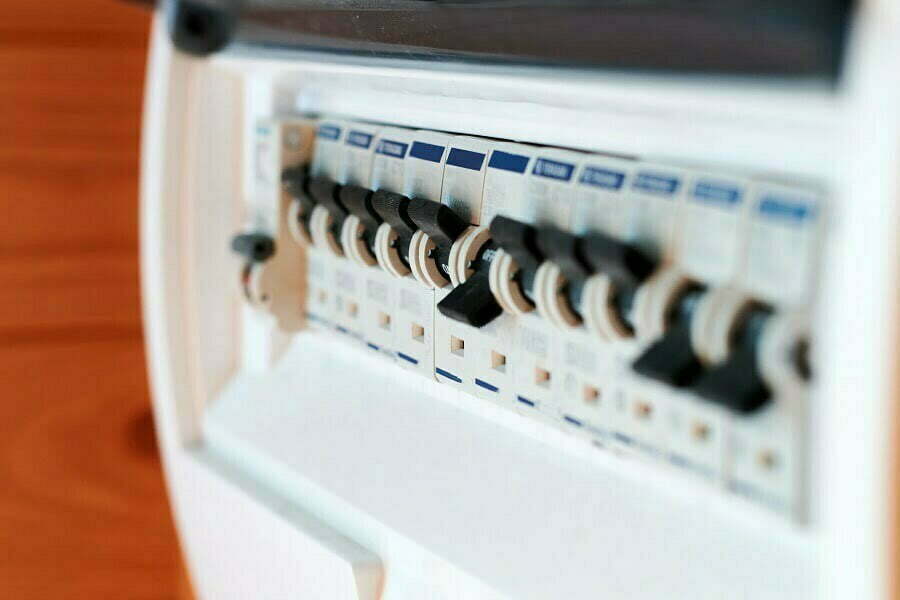
At the center of your home electrical system is an electrical panel. This provides power to the rest of your home. The panel consists of two “hot” wires that attach to lugs inside the panel, and these wires are responsible for providing electricity to the house.
It can vary, but most homes will require electrical service of 100 amps, while some might go as high as 200. There will be a main switch that you can use to turn off all of the power in your home. This will also house all of your circuit breakers, but more on those below.
According to SALT Light & Electric, most electrical panels can last quite a while, there will likely be a time when you require an upgrade. Be sure to take your time and find the right company to help you out. This can be a big job, so ensure you do your homework and find a company you can trust.
Electric Meter
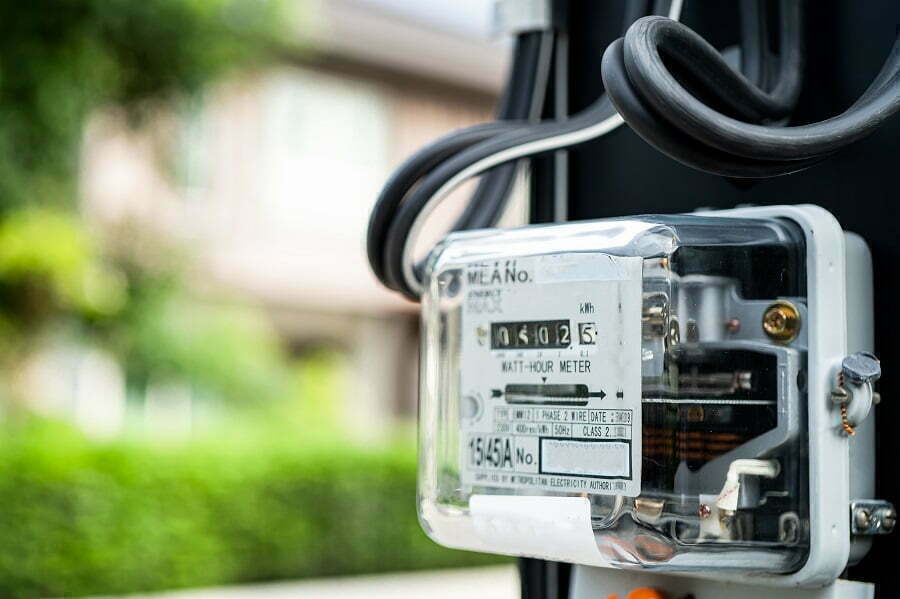
The electric meter is responsible for measuring how much electricity your home is using. The meter runs only when power is being used and is how the power company decides how much to charge you each and every month.
In most cases, it will be outside your home, and you are able to look at how much power and electricity your home is using. If you are experiencing issues with your meter, it is often your power provider who will need to be contacted to assist.
Circuit Breakers

As mentioned earlier, circuit breakers are found inside the electrical panel in your home. Each of these breakers can be flipped on and off. Each branch breaker is responsible for a different power circuit in your home. Often each room has its own circuit (such as a living room or kitchen), but some circuits may cover more than one room.
In some cases, large appliances and electronics may even have their own dedicated circuit and breaker. If you flip off a breaker, it will cut the power off to all appliances and electronics on that circuit. In most cases, each circuit breaker will be labeled so you know what resides on it.
It is possible to connect a new circuit to the panel if need be, but it needs to be done carefully and is often better left to a professional.
Outlets
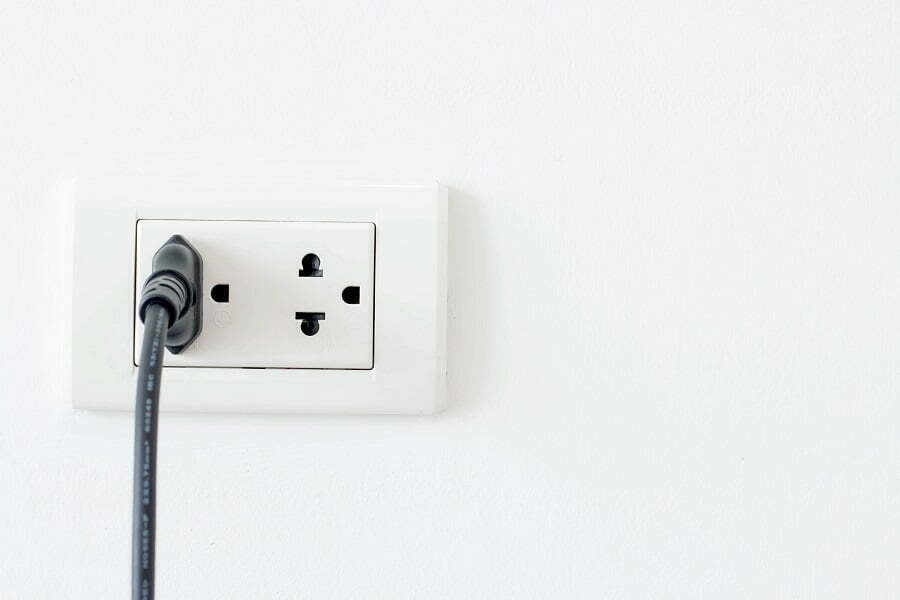
Outlets are another very important part of your electrical system. They are what allow you to actually plug in your devices to power them. While most outlets are standard in terms of how they look, this isn’t always the case.
Outlets that have the potential to get wet (such as ones near a sink in the kitchen or in the bathroom) will often have GFCI protection. This stands for, and these outlets can prevent electrocution as they instantly cut the power before a serious injury can occur.
Getting to Know Your Electrical System
As you can see, there are several important parts of your home electrical system you should be aware of. This can help you learn what is actually going on behind the walls, and how you run the various appliances and devices in your home.
Recap
